I'm using python to illustrate DP algorithm. During memoization which keeps updating the table, I found that the table was not updated correctly.
I've narrowed down to the line "dp[t_id][_p] = max(choice_1, choice_2)", and I don't see what's the problem there.
tasks = [1,2,2,3]
dp = [[0]*(p+1)]*len(tasks)
for t_id in range(len(dp)):
for _p in range(p+1):
choice_1 = 1
choice_2 = 2
print dp
dp[t_id][_p] = max(choice_1, choice_2)
print dp
I expect the dp table should be updated one cell at a time, whereas dp[0][0] = 2, then dp[0][1] = 2, etc. However, it's updating as dp[every_column][0] = 2. The two prints in code should showcase the issue.
screenshot
